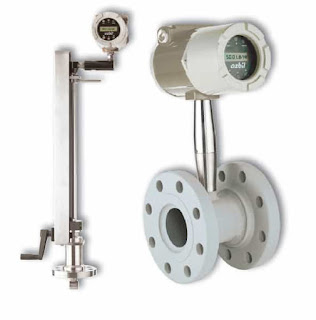 |
| Trunnion ball valve design. Trunnions highlighted. |
Ball valves are well understood in process control and industrial piping systems. Their simple 1/4 turn operation, compact form factor, bidirectional sealing, and tight shutoff make them a very popular choice for a wide range of applications.
Although there are many varieties of seat designs, body styles, and flow patterns, ball valves can be separated in to two main groups, distinguished by a primary design element - the mounting method of the valve ball.
The two groups are:
- Floating ball
- Trunnion mounted ball
Floating ball valves use the body and valve seats to position and hold the ball in the media flow path, allowing the flow force to lodge the "floating" ball firmly against the downstream seat. In this style, the ball is not mechanically held in place, thus the term "floating". Floating ball valves are, in general, limited to applications with smaller sizes and lower pressure ranges because, at some point, the fluid pressure on the ball may exceed the seat and trim's ability to hold the ball properly in place.
Trunnion mount valves, on the other hand, employ a "trunnion" in their design. A trunnion is a pin, or a pivot, forming one of a pair on which ball is mechanically connected and supported. The valve shaft and the trunnion connect at the top and bottom of the valve and create the vertical axis of rotation for the ball. The trunnion also prevents the ball from moving or shifting with changing pressures.
Due to their structural integrity, trunnion mount ball valves are generally well suited for all pressure ranges and valve sizes. Their design is used by many manufacturers for severe service. They provide excellent sealing properties over an extensive range of temperatures and pressures. Trunnion mount valves are available in both full and reduced bore designs with a wide range of materials, sizes, and pressure classes offered. The vast range of sizes, styles, pressure classes, and materials together with conformance to ANSI, API, and NACE specifications make these valves suitable for virtually all industrial, petrochemical, refinery, and oil and gas services. Finally, there may be an advantage to actuate trunnion ball valves due to lower torque requirements compared to similar floating ball valves whose torque increases with increasing flow pressure.
For more information on
floating ball or trunnion mount ball valves, contact
Piping Specialties, Inc. at
800-223-1468 or visit
https://psi-team.com.





